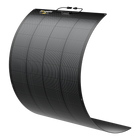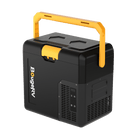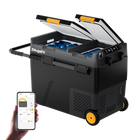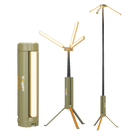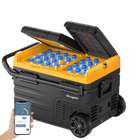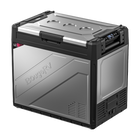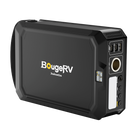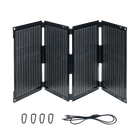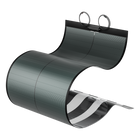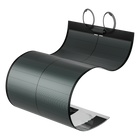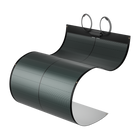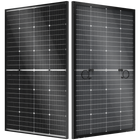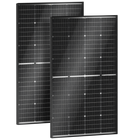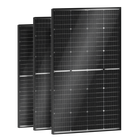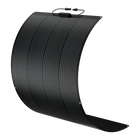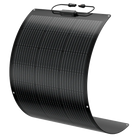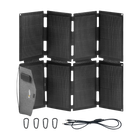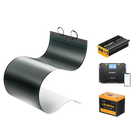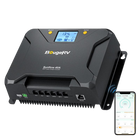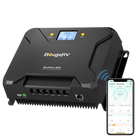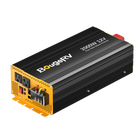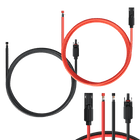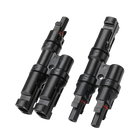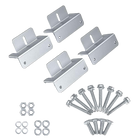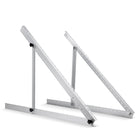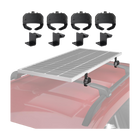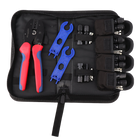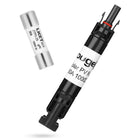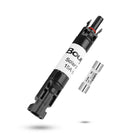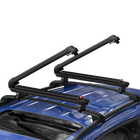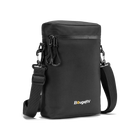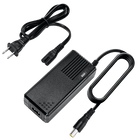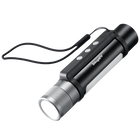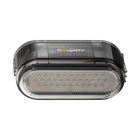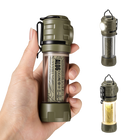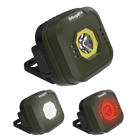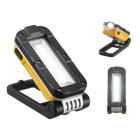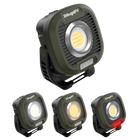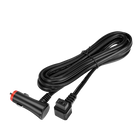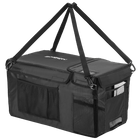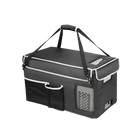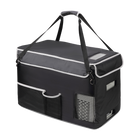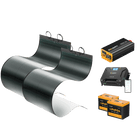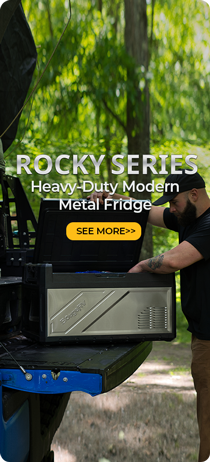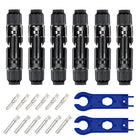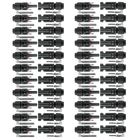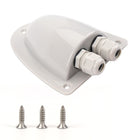12v Batteries: Series vs. Parallel – Which is Better And Setup Guide


If you have a system that requires a lot of power, you may find that you need more than one battery to run it. This can happen for some solar energy systems, RVs, and boats. If you’re experiencing this, then one way to get the power you need is to connect multiple batteries together.
Series and parallel are the two main configurations you can use when connecting multiple batteries to power a single system. This article takes an in-depth look at the pros and cons of series vs. parallel for 12-volt batteries and provides setup instructions for each to get you started.
Let’s get into it.
Do I Need To Worry About Series vs. Parallel Batteries?
First thing first – if it’s possible to run your application with a single battery, that’s going to be the easier solution every time. You won’t have to worry about purchasing and connecting multiple batteries and all of the different problems and costs that can arise while doing that.
That’s why a good first step is to research your options for a portable power station. These are standalone batteries that you can just plug your favorite devices into without much extra work. Some are quite large as well.
For example, BougeRV sells portable power stations with up to 1456 watt-hours of capacity. That’s plenty for all of your favorite personal electronics, small appliances, and other gear. These are worth taking a look at before you dive into the weeds of choosing between series and parallel systems for setting up multiple batteries.
What’s The Difference Between Wiring 12v Batteries In Series vs. Parallel?

The key difference between series and parallel battery systems is the amount of voltage and overall capacity each has. If you wire your batteries as a series, their voltages will get added together. But if you wire them parallel, then their capacities (as measured by amp-hours) get added together.
That being said, the total amount of energy that each type of system produces is the same. In other words, you can wire your 12v batteries into a series or parallel configuration and get the same amount of power either way.
A Note On Series-Parallel Systems
Before moving on, it’s also worth mentioning here that you can also have series-parallel systems. This essentially means wiring several batteries into a series configuration and then attaching that through a parallel connection to another set of batteries that you’ve wired into a series configuration. This may help you increase the voltage and capacity of your system.
How To Wire Batteries In Series?
You might decide to proceed with a series configuration if you want to increase the amount of voltage that your system supports. Before starting, make sure that each of the batteries you want to connect has the same rating for voltage and capacity, otherwise, you could damage the batteries and potentially create a hazardous situation.
The process for wiring batteries into a series looks like this:
- Find the negative terminal of one battery and connect it to the positive terminal of the next.
- Connect each successive battery to the last one in a line.
- At the end of the series, wire the positive terminal of the first battery to the positive terminal on your application.
- Then, connect the negative terminal of the last battery to the negative terminal on your application.

Keep in mind – connecting multiple live batteries together through wiring can carry some risks. Be sure to wear the proper protective equipment before getting started to keep yourself safe.
You may even want to contact a licensed electrician to take a look at your system and show you the best way to set it up. That way, you can be sure that you’re doing it properly in the future.
How To Wire Batteries In Parallel?
You might decide to wire your batteries into a parallel system if you want to increase the battery capacity of the system. Just remember, you can’t mix and match. You can only connect batteries if they have the same capacity and voltage as one another.
Here’s what the process looks like:
- Find the negative terminal on your first battery and connect it to the negative terminal on the next battery.
- Follow the same process with your batteries’ positive terminals.
- Find the positive terminal of the last battery and connect it to the positive terminal on your application.
- Find the negative terminal of the last battery and connect it with the negative terminal on your application.

Before disconnecting your system, make sure that the batteries are off and have been off for a while. When you connect multiple batteries together, some charge can be left over in the few minutes after you turn the batteries off. It’s good to give that some time to run out before proceeding.
The Advantages And Drawbacks Of Series And Parallel Configurations
So we’ve covered the key differences between series and parallel battery systems and how to set each up. But you may still be wondering which of these is the better fit for your application.
The answer will likely depend on what you’re trying to power and for how long. But it’s worth taking a closer look at the advantages and disadvantages of each option so you can figure out which is right for you.
Series Pros And Cons
Generally, series configurations make more sense for applications that require a large amount of voltage. The advantage of using a higher voltage system is that it allows for thinner wiring. You’ll also get less voltage drop from a series system.
The biggest disadvantage of this option is that you may need to use a converter to achieve your goals. For example, when you connect two 12-volt batteries, you end up with 24 volts of power. This makes it so you can’t power regular 12-volt appliances without a converter.
Parallel Pros And Cons
The biggest advantage of a parallel system is being able to run your applications for longer than you would with a series configuration. This is because parallel configurations increase the capacity of your system. Another advantage is that if one battery stops working, the others will still function normally so you can continue powering your RV, boat, or favorite personal electronics.
The big disadvantage is that parallel systems tend to take longer to charge. You could also have more voltage drop and may need to use thicker cables with a parallel system, depending on the devices you’re trying to power with it.
Series vs.Parallel: Which Should You Choose?
We’ve covered a lot of information about series and parallel battery systems. The final question you probably have is which you should choose. Here’s your answer.
First, if you need to wire batteries together for use on a boat or in an RV, a parallel structure will likely make the most sense. That’s because the wiring is simple and you can typically use the common voltage to get the job done fast.
However, if you need a very large amount of power, then a series structure could be best. They have less voltage drop and allow you to use thinner wiring to carry more electricity for your application.
Consider Keeping Things Simple With A Portable Power Station

Tying together multiple batteries can be an effective way to power more advanced applications like full-sized appliances. But to do that, you need to purchase multiple expensive batteries, connect them together correctly, and hope that you don’t make any mistakes in the process. It’s complicated enough to avoid if you have an alternative.
BougeRV has a variety of simple portable power stations that deliver more than enough power to meet most needs. Whether you’re looking for a backup source of energy at home or a lightweight battery to bring with you on the road, our portable power stations are reliable, affordable and provide the power you need to achieve your energy goals.
But don’t take our word for it. Take a look at our shop to learn more about our top-selling portable power stations.
12v Batteries Series vs. Parallel FAQs
1. Is Series Or Parallel More Powerful?
The amount of usable power generated by both configurations typically averages out to be roughly the same. This is because parallel circuits use more power while running, but series configurations tend to dissipate more power through each battery’s resistor.
2. Do 12-Volt Batteries Last Longer In Series Or Parallel?
Generally, you can expect a 12-volt battery to last longer when it’s arranged parallel. This is because connecting multiple 12-volt batteries in a parallel configuration increases the amperage of the system, thereby allowing the batteries to last longer.
3. Is It Safer To Configure 12-Volt Batteries In Parallel Or Series?
There aren’t major safety differences between 12-volt batteries arranged in parallel and series configurations. The main thing you want to pay attention to is the supply voltage of the system, which will remain approximately the same regardless of the type of configuration you choose.





